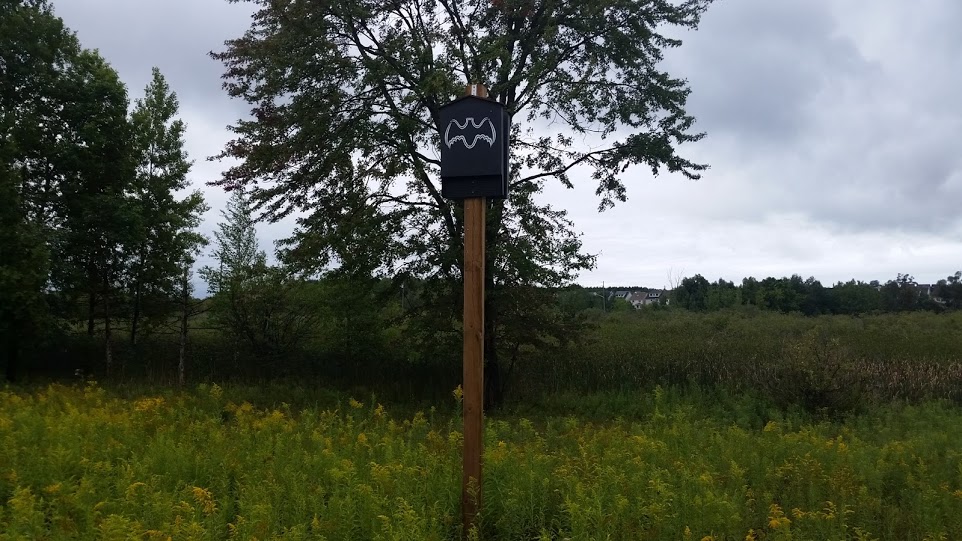Bats don’t make great house guests. They create piles of guano, cause physical damage, and spread disease. They are also seriously endangered in many places. Preventing an infestation in your home, therefore, is preferable to trying to get animals out of your space. In some situations, bat houses can provide a compelling distraction so creatures don’t try to force their way in. Here’s how to use artificial roosts to avoid the need for bat removal services in Coquitlam.
Why Are Bats in Trouble?
About half of species living in the United States and Canada hibernate over the winter. In the northernmost parts of North America virtually all hibernate.
White-nose syndrome is a serious fungal infection that prevents bats from hibernating successfully. The disease prematurely increases creatures’ body temperatures, causing them to lose their fat stores and die off. In many cases, white-nose syndrome kills most or all of the animals in a colony.
So far, scientists have identified 12 species that have suffered from the disease, two of which are listed as endangered. As white-nose spreads across the continent, more species may be affected.
Bats are very important for natural ecosystems because they consume many insects we consider to be a nuisance. By killing mosquitos, locusts, and other bugs, bats prevent millions of dollars of economic damage each year. Recognizing this fact, most governments now ban lethal removal from homes.
What Are Bat Houses?
You probably know that bats spend their daytime hours hanging upside down in caves, tree trunks, and manmade roosts. This provides safety and seclusion, as predators usually can’t reach the high ceilings of roosts.
Although most creatures return to a primary roost every year, they may move between different locations in response to fluctuations in external temperatures.
Bat houses are artificial structures that can house a small group of animals during the warmer seasons of the year. While they don’t offer the same protection from the elements as caves or manmade structures, they can provide a hospitable resting location for animals who would otherwise struggle to survive.
If your home is in a relatively suburban, wooded area, you may be at risk for a bat incursion. Flying creatures are incredibly good at slipping through small spaces or locating openings in your house. While no single solution can guarantee animals won’t try to colonize your home, a bat house offers a convenient place to stay that isn’t your attic, roof, or deck.
What Are the Downsides of Getting a Temporary Housing Box?
External housing boxes are smart purchases for suburban or rural homeowners, but they aren’t perfect. Because hibernating creatures prefer warm temperatures during the winter, there’s no way an external box can rival the comfort of your home. They are a seasonal solution, therefore, that work only during the spring and summer.
Fortunately, many flying creatures stay indoors during hibernating seasons, and if you can keep them out of your house until winter, you’ll probably have little to worry about until the warmer months come again.
Bats love heights and warm temperatures. Always place your box on a tall pole or home attachment in an area that receives direct sunlight for most of the day.
Wildlife Control in Coquitlam
If you’ve discovered creatures in your home, don’t try to evict them on your own — doing so can be dangerous, messy, and harmful. Worse, you may be breaking endangered species laws.
A humane wildlife removal professional knows exactly how and when to remove animals safely. A technician can safely urge intruders and their offspring to leave before sealing off potential entry routes. For qualified professional removal that can keep animals away for good, call Skedaddle Humane Wildlife Control today.



